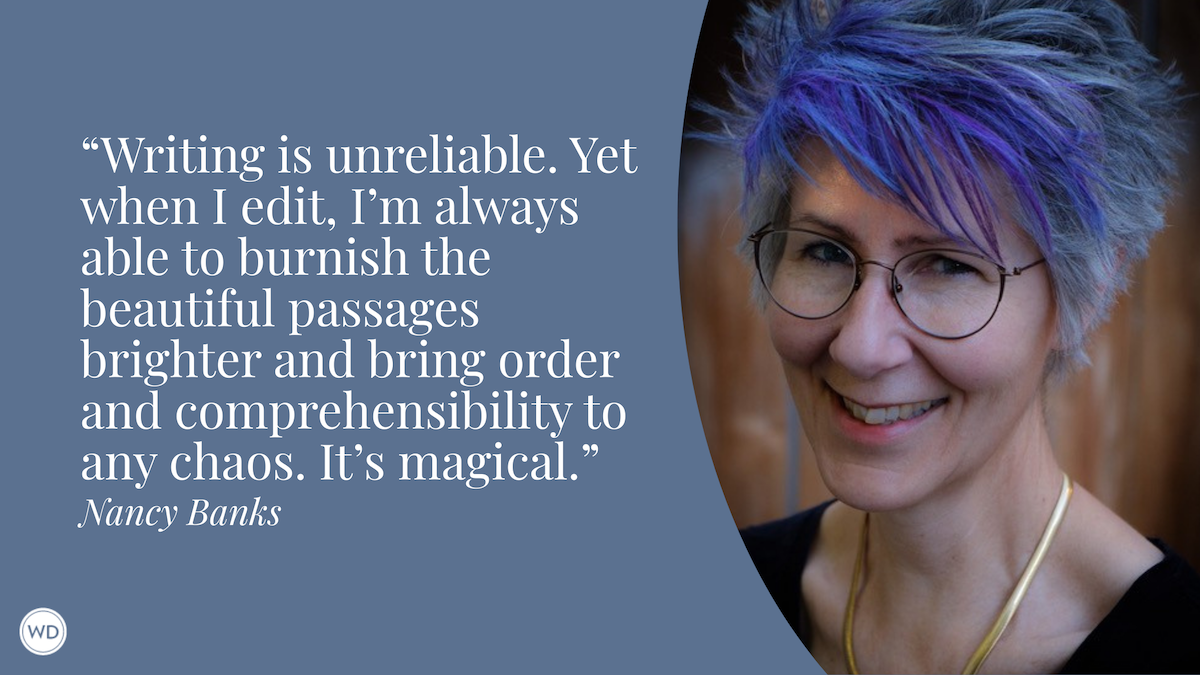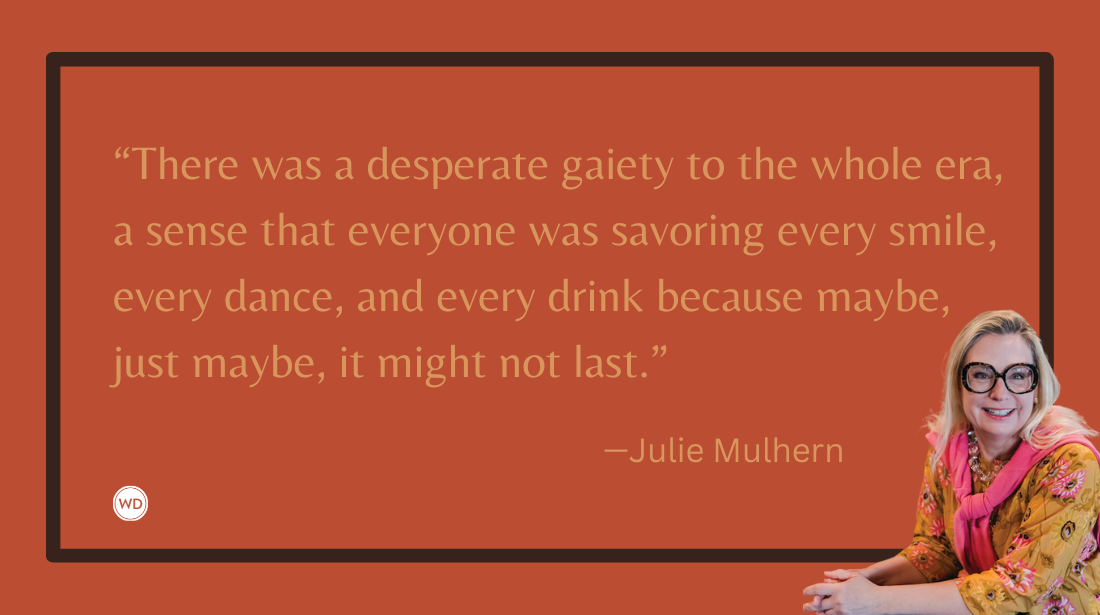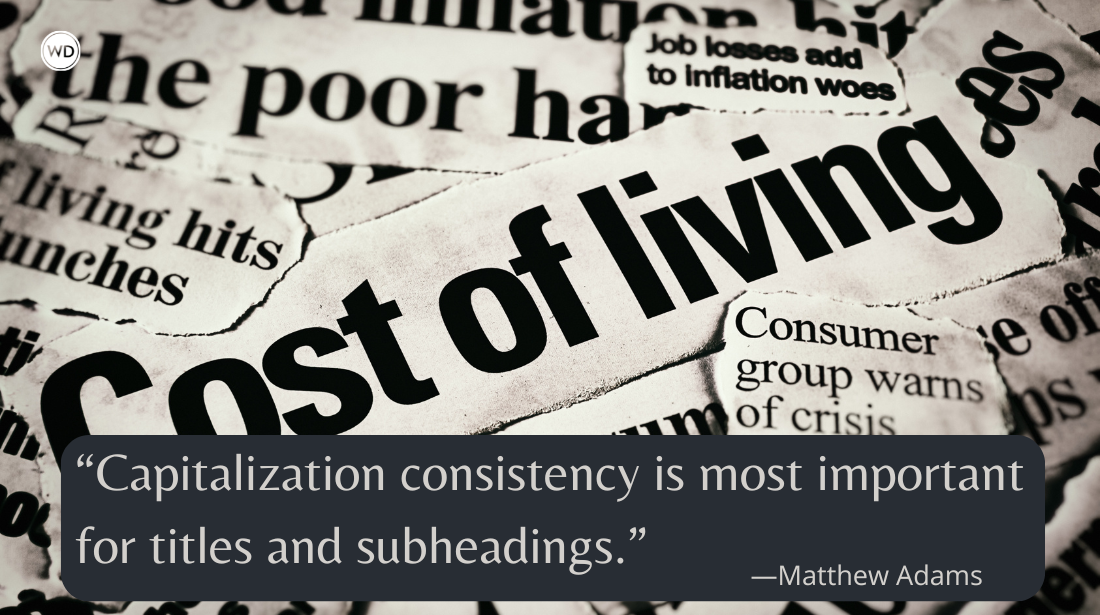6 Tips for Writing Fiction Based on True Events
Writing fiction springing from an actual event requires a finesse for your reader’s benefit, your friends’, your enemies, and yourself.
You are there. You see it. You’re a writer, so, of course, you want to write about it. Now what? Writing fiction springing from an actual event, maybe one of your own personal experiences, requires a finesse for your reader’s benefit, your friends’, your enemies, and yourself.
There is a way to handle the truth because you’ll begin as if you are wearing kid gloves, but suddenly they will plump into boxing gloves, and before you know it, you are ready to deliver that punch right to your beloved, old auntie’s face.
Learn the definition of historical markers and how and where to unearth them. And uncover the tools to integrate history, research, and the fiction plot arc. Most of all, find out how to honor verisimilitude—the goal of any historical writing—and avoid the dreaded anachronism.
6 Tips for Writing Fiction Based on True Events
1. Begin with the truth
Truth is stranger than fiction, so there is certainly much to mine. Each of my contemporary novels sprang off the pages of my own life. Consider writing that first draft close to what happened, what you saw, and what you felt. Capture it.
2. Get permission
Are others involved and do you want to stay close to the facts? If you know this is the case, run and get permission. Do your best to describe that this will be a work of fiction with strands of truth woven through it. Explain to those involved that they will see themselves reflected, but it will be as if they are standing before a curved mirror in an amusement funhouse. You might offer assurance their story could be a great benefit to readers. If they are willing to have you share the essence of what happened to them, go forward and write.
However, if you think the final work will be far from the truth, get to writing first. If you aren’t sure and just the thought of asking permission is hindering your process, begin to write with the intention to either:
- Ask the involved parties in the future, knowing you may be denied permission to publish your work
- Be firm in your design to spin the story far away from the facts.
3. Take pause
Whether you’ve written a first draft of the facts or are simmering on what truly happened in your mind, take a step back. Once the story is caught in your net, as a writer you have an opportunity to now ask: how could it be made better? What is the theme burning beneath it, and what can I do to feed the flames? Behind my novel Hit was the true story of my daughter’s best friend who had been struck by a vehicle in a crosswalk. But the writer in me begged the question: what if instead of a stranger hitting her it was someone she knew? And then I ramped up the tension in my version of the story and made that person a grad student teacher she was crushing on. (It did take two years and several drafts for this plot point to rise to mind.)
4. Let go
Let the story run, bettering the facts or leaving them completely behind. This is the draft where you open your hand and let go. You are able to silence the voice saying, “That’s not what happened!” And you let your characters run. Let them run through their own blossoming story.
5. Fact can feel fake
One caveat to be aware of is that not all facts are believable. The best, juiciest fact may not make it into your story because again, truth is stranger than fiction. When I wrote Hold Me Tight, I was not able to include that the man who molested me was soon afterwards in a car accident and paralyzed from the waist down… the waist down. My novel would have felt contrived and unbelievable had I included this. Be ready to lay those facts aside with a settled satisfaction that you know what truly happened.
6. Share the work’s completion news
Finally, your draft is done and ready to be submitted. Consider letting the people involved in your story know you have completed your work. Even if you didn’t need to ask for permission to write the book, be kind and give those who inspired your story a chance to process the thought that you have written about the event. On occasion, I will share my text with those involved after the work sells, following copy-editing. It is a chance for them to wrestle through how I’ve changed what happened, and it gives them an opportunity to come to terms with the fact others will be reading the material. It helps your little, old auntie prepare herself for that punch.
Writing from personal life offers rich material. With a few cautions, permissions from yourself and sometimes others, you may write a story to be shared far beyond the few people who lived the moment. That can be rewarding to many readers. So, be brave. Write, and let your story run.
About Lorie Ann Grover
Lorie Ann Grover is the author of Hit and co-founder of the influential site readergirlz, where she is a visible advocate for teen literacy and activism. In addition, she is the author of three acclaimed novels: Hold Me Tight, a VOYA pick; On Pointe, a Bank Street College Best Children's Book of the Year; and Loose Threads, a Booklist Top 10 Youth First Novel, and a 2003 Washington State Book Award Finalist.









